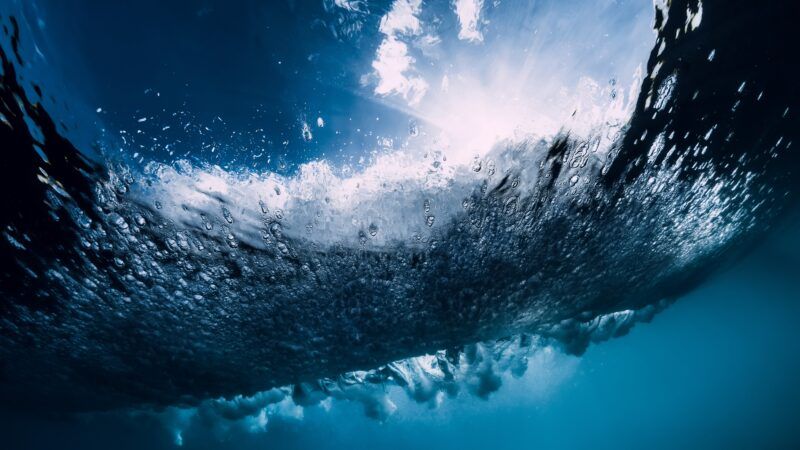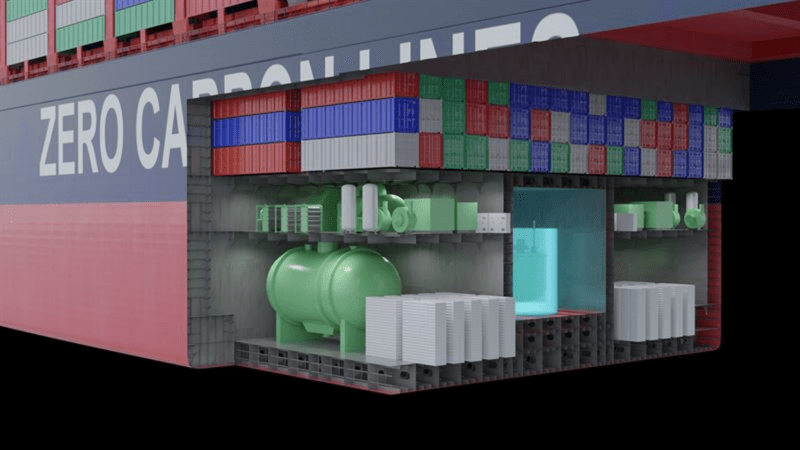
New fuels and technologies to decarbonize the maritime industry
The maritime industry needs to explore all possible decarbonization options to achieve its goals and this decade is critical to do so. We delve into new fuels (methanol, hydrogen or liquefied natural gas) and new technologies (wind-assisted propulsion or nuclear) that are already available and those with the greatest potential.

The drivers of the energy transition
The International Maritime Organization (IMO) has updated the decarbonization targets for shipping: its new plan calls for a 20% reduction in emissions by 2030 (based on 2008 emissions) and net-zero emissions by 2050.
To achieve this, and in view of the expected shortage of carbon-neutral fuels, all decarbonization options need to be explored. This is one of the premises of DNV's ‘Maritime Forecast to 2050' report, which analyzes the options and challenges of the energy transition with a focus on ship energy in the future.
In this roadmap for achieving decarbonization, new fuels and technological innovations are of particular importance. "The use and development of new technologies is essential to achieve emission reduction targets in the maritime sector, given that it is a sector that is difficult to decarbonize due to its characteristics: it involves high energy consumption and long distances," explains Maurici Hervas, researcher in Energy Transition at the Port of Barcelona.
"This implies the need to work with more complex fuels than hydrogen or electrification, such as methanol or ammonia, for example. Unfortunately, these fuels do not achieve the excellent operational characteristics of fossil fuels, as they involve lower energy density, safety restrictions and higher costs. For these reasons, it will be essential to invest in energy-efficient technologies during navigation and while ships are in port, to reduce this competitive disadvantage," Hervas adds.
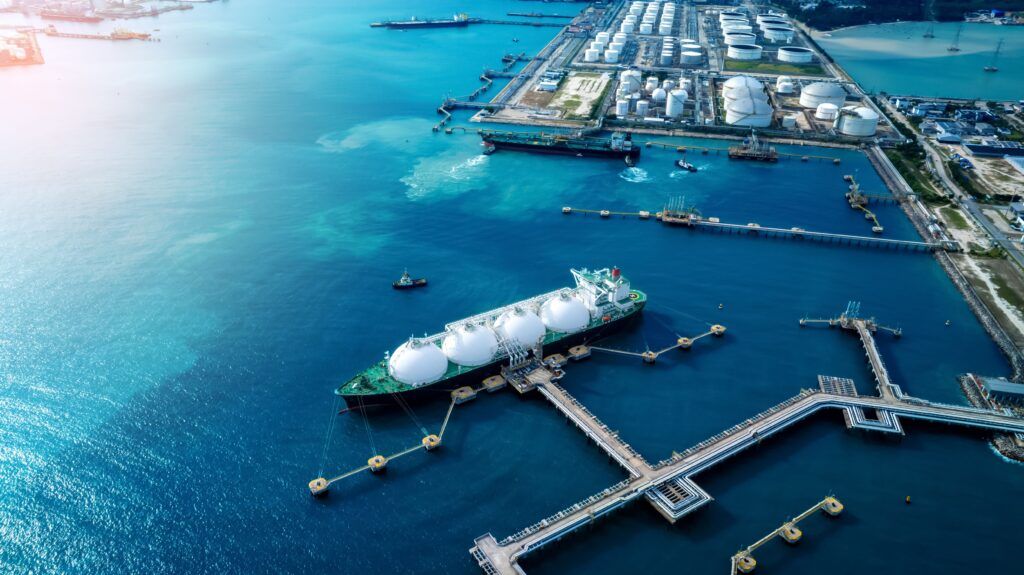
LNG (Liquefied Natural Gas) tanker anchored at gas terminal gas tanks for storage (Gettyimages).
New fuel options and technologies
According to DNV, a transition is currently underway with increased use of liquefied natural gas (LNG), liquefied petroleum gas (LPG) and methanol in dual-fuel engines. By mid-2023, 6.5% of operational vessels could run on alternative and low- or carbon-neutral fuels, up from 5.5% the previous year.
"These figures are positive because they show two things: the confidence of some shipping companies that the ecosystem is close to maturity to allow the operation with these fuels, as well as that they consider the business case viable. However, the lack of history makes it too early to assess it," reflects Hervas.
"The adoption of alternative fuels depends on various political, regulatory, technological and financial elements. If these data were to indicate a linear evolution, it is clear that we would not be able to achieve our objectives. Whether this evolution becomes exponential depends on the cross-sectoral effort we make. The EU has taken a giant step forward with Fit for 55, but similar measures will need to be extended to other regions of the world," he adds.
Alongside the development of fuels, there is the development of technologies that can support decarbonization. According to DNV, the situation has also improved in this respect: data show that dozens of large vessels have wind-assisted propulsion systems and hundreds of ships have (or have applied for) air lubrication systems.
"There is a wide variety of measures to reduce the energy consumption of ships. There is scope for managerial (i.e. non-technological) ones through digitalization, such as reducing the sailing speed. However, these are limited since they complicate the operation of fleets and will not be sufficient on their own. Thus, the implementation of technologies related to the use of wind, hull redesign or air lubrication, among others, will be key parts of the decarbonization of maritime transport," adds Hervas.
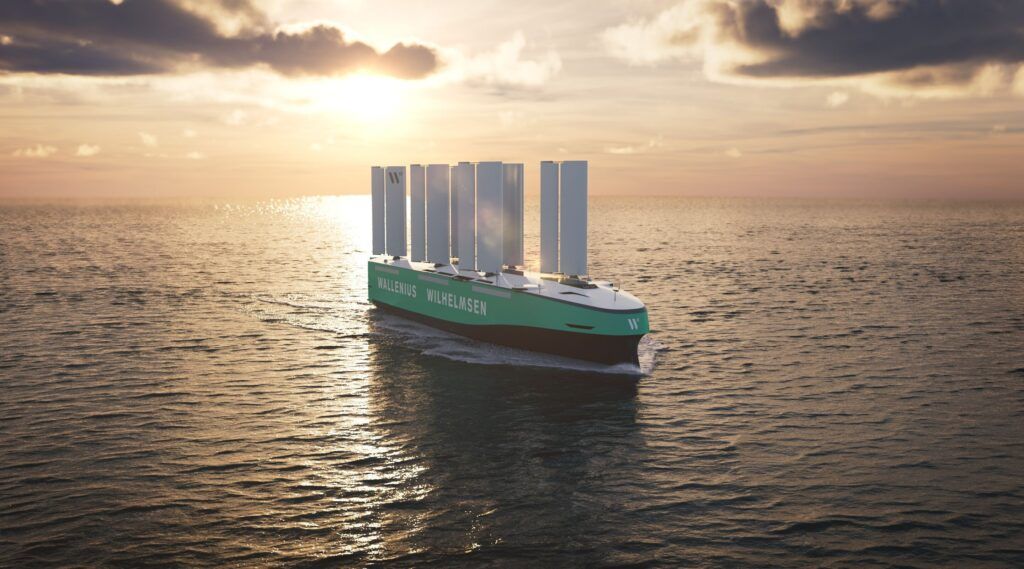
Project for the world's first wind-powered RoRo vessel, the Orcelle Wind, with a budget of 9 million euros (Wallenius Wilhelmsen).
Six technologies with potential
The 'Maritime Forecast to 2050' report analyzes six technologies that have the potential to accelerate decarbonization in the sector. They are those related to solid oxide fuel cells, liquefied hydrogen, wind-assisted propulsion, air-lubricated systems, onboard carbon capture and nuclear propulsion.
- Solid oxide fuel cells
The solid oxide fuel cell can convert fuels such as ammonia, LNG, methanol and hydrogen into electricity with significant energy efficiency potential, making it a very interesting option for the industry.

Scheme of a solid-oxide fuel cell (Wikipedia).
- Liquefied hydrogen
The development of liquefied hydrogen technology can lead to the use and storage of this energy vector in the maritime sector, although its application presents numerous challenges. "In the case of the Port of Barcelona, what is most relevant for us is the development of the alternative fuel supply chain," says Hervas, referring to both liquefied hydrogen and solid oxide fuel cells.
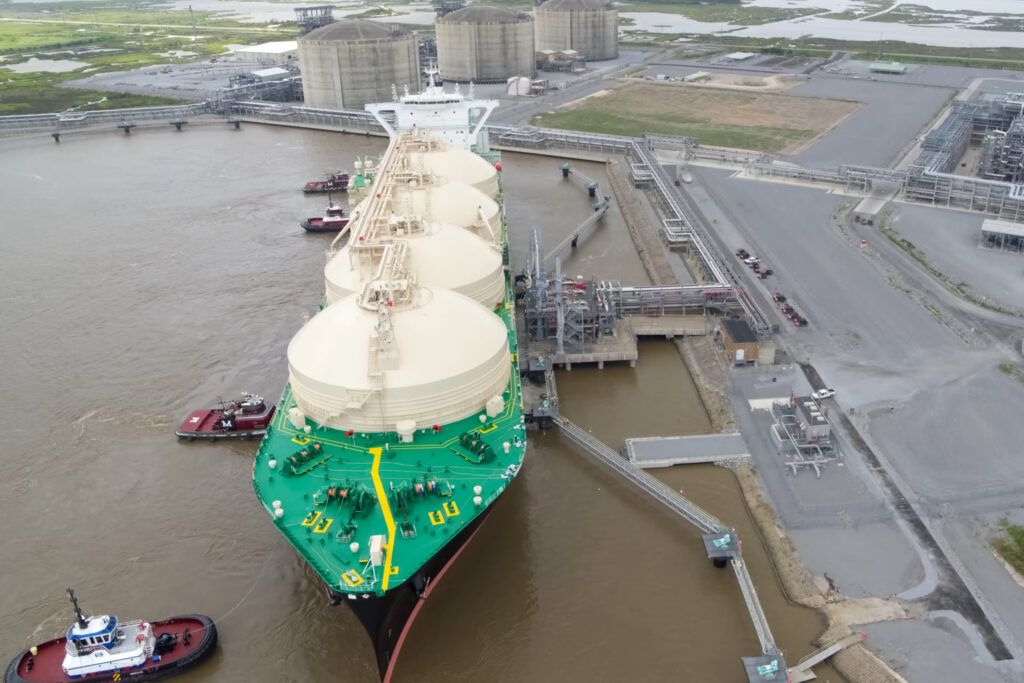
The development of the liquefied hydrogen supply chain is one of the main challenges (Gettyimages).
- Wind-assisted propulsion
According to DNV, wind-assisted propulsion has already generated annual fuel savings of between 5% and 9% for certain ships, and is claimed to have the potential to reach 25%.
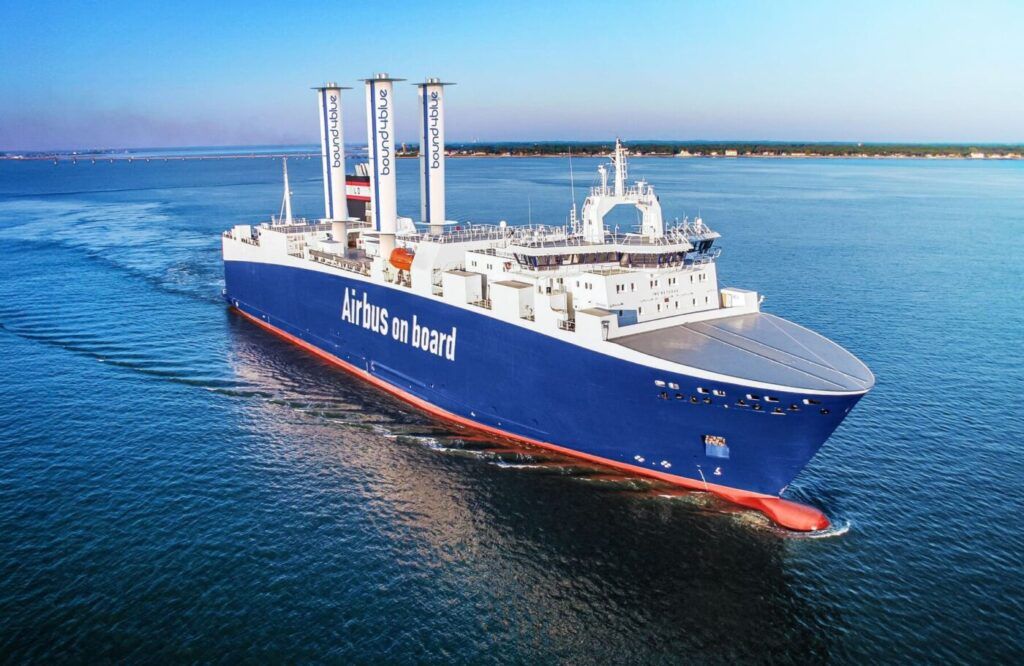
Bound4blue will install three suction sails in the Ville de Bordeaux (bound4blue).
- Onboard Carbon Capture (OCC)
"This technology is interesting from an economic standpoint," notes Hervas. "As the world transitions to sustainable fuels, it may be the case that fossils reduce their market price due to declining demand. This could make this technology economically viable, using a blending of fossil fuel and biofuel to reach net-zero." This scenario, the researcher adds, is uncertain because it depends on the continuity of new prospections.
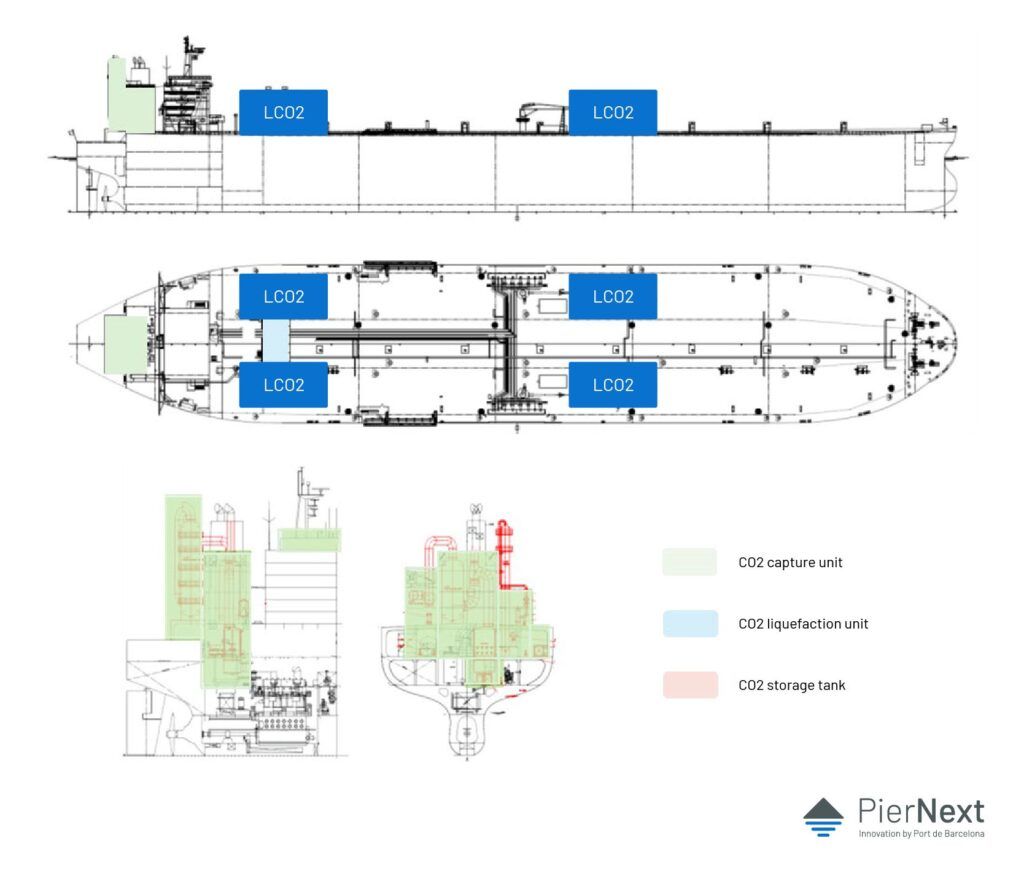
This is how the onboard carbon capture system works (PiertNext).
- Nuclear propulsion
"It seems to me a very reasonable technology, but with a difficult future, as social pressure may hinder its development or adoption. Another detrimental aspect is the international nature of maritime trade that brings complexity to the operation of this equipment, as well as the possible lack of control in international waters," explains Hervas.
"Otherwise, on a technical level, it is a very good solution, with technologies that have been under development since 2000 (NPP gen IV). Of course, a strong collaboration between the International Atomic Energy Agency and IMO will be necessary before large-scale adoption to ensure the safety of this type of vessel," he concludes.
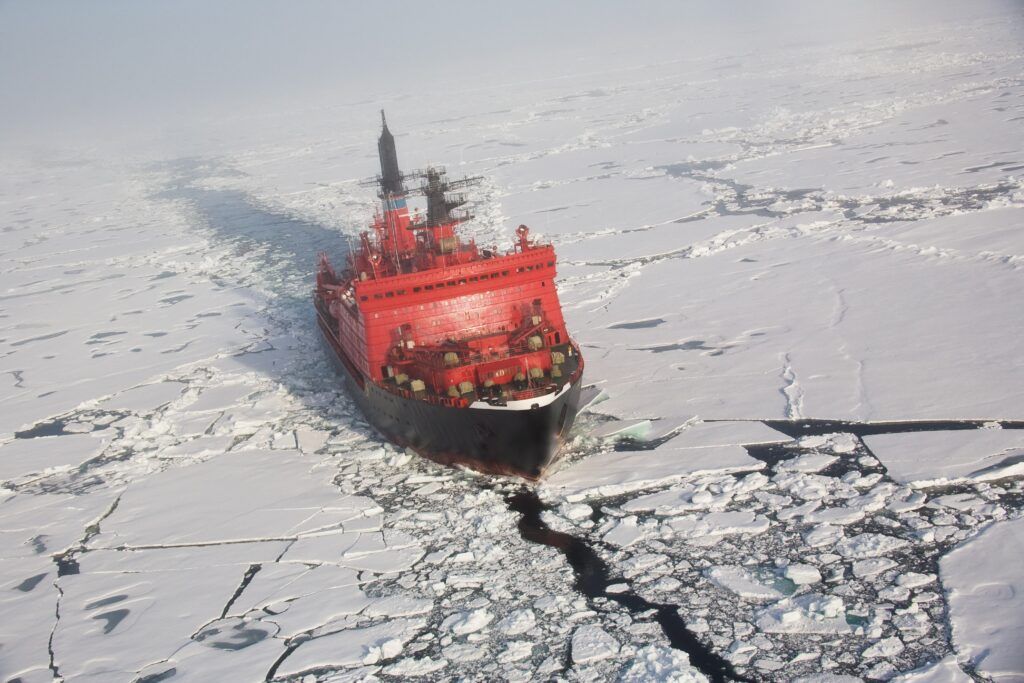
Russian nuclear icebreaker (Gettyimages).
- Air lubrication systems
This system seeks to reduce friction drag. Like the previous one, this energy efficiency measure aims to reduce fuel consumption by avoiding emissions, in the case of using fossil fuels, or by reducing the importance of the cost differential, in the case of opting for other alternatives.
The steps of the Port of Barcelona
According to DNV, among the challenges to make greater use of alternative fuels and new technologies are improving the skills of workers and adapting facilities, including ports. In this regard, the port of Barcelona has taken steps forward in recent years.
"The port of Barcelona is working on the protocols for methanol bunkering," exemplifies Hervas. "These will be the basis for defining the necessary competencies for the workers involved and will therefore serve to define the training courses that will guarantee the operability of the different port agents."
"In terms of facilities, the new construction and remodeling of berths at the Moll de l'Energia is already planned to be compatible with the handling of these fuels. In addition, methanol storage tanks already exist and we are studying the possibility of increasing the current capacity," he adds.
At the same time, at a global level, regulatory issues are among the challenges to increasing the supply of fuels such as hydrogen, ammonia and methanol. According to Hervas, clear regulation by the IMO will help to unlock funding avenues.
Finally, the market comes into play. "According to our point of view, the main barrier to allow the supply of these fuels is the existing cost gap between them and fossil fuels. When there are favorable financial and economic conditions, the techniques can be solved, as has happened with LNG," concludes the researcher in Transició energètica of the Port of Barcelona.



